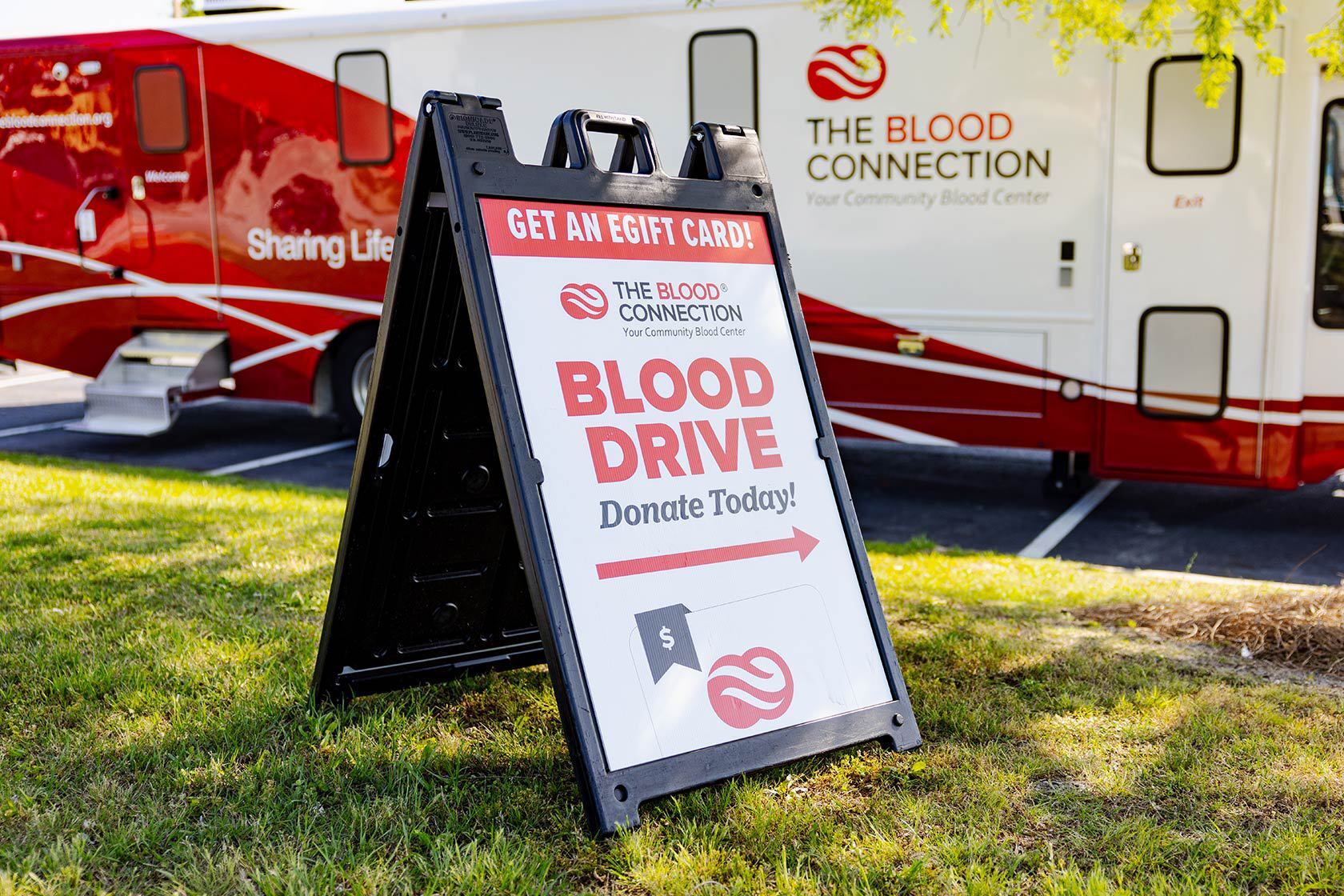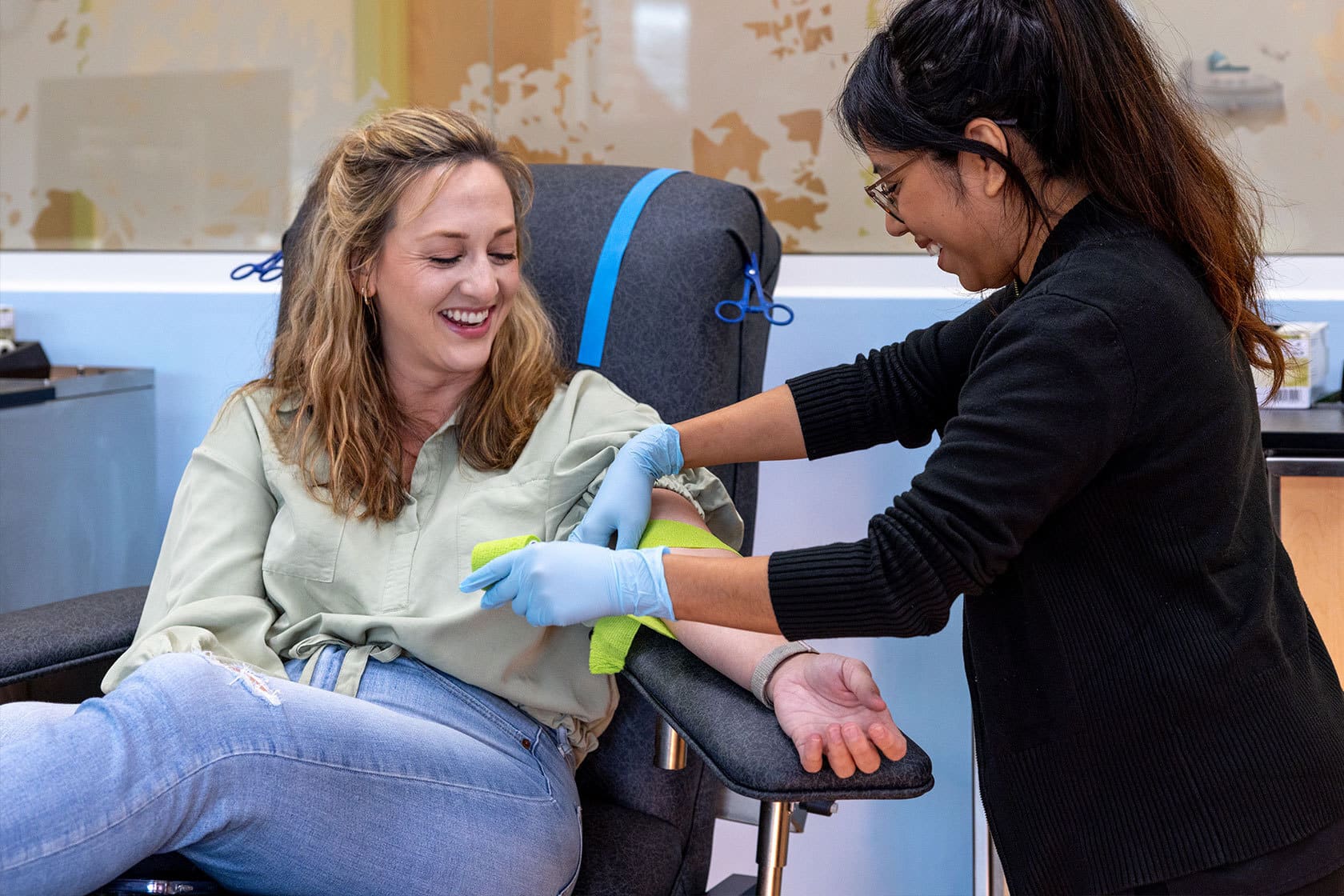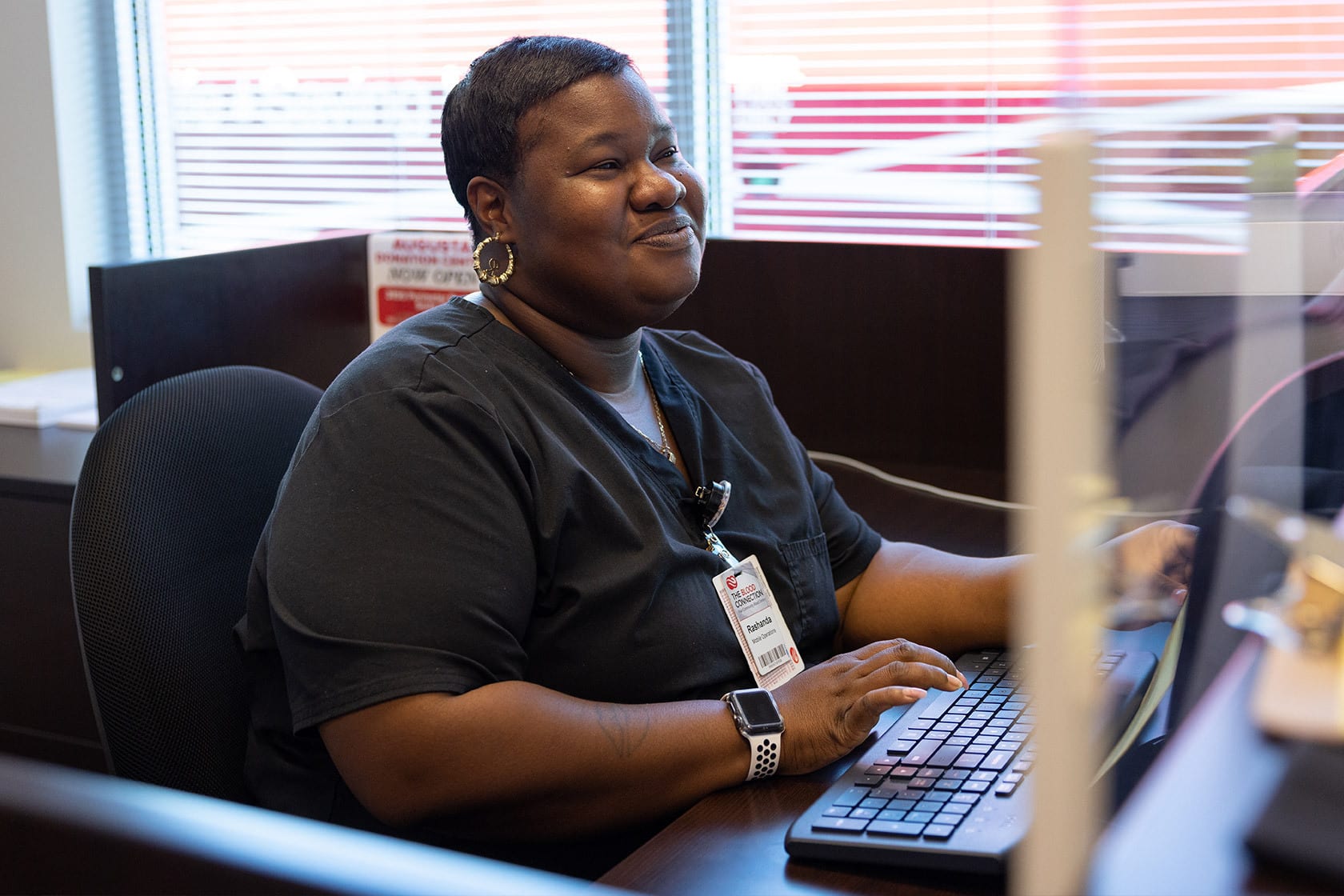
The Human Side of Blood Donation: Personal Stories from Recipients

The Human Side of Blood Donation: Personal Stories from Recipients
Behind every pint of donated blood lies an incredible story, one of lives touched by the generosity of strangers. But every blood donation is more than a random act of kindness. It’s a connection forged between individuals, creating a culture of generosity and gratitude.
At The Blood Connection, our goal is to help everyone who needs blood have access to it. This is a big goal, and we realize it’s unattainable without the generosity of donors. From mothers dealing with complications during childbirth to children battling leukemia, there are countless people in need of this life-saving resource. We are immensely grateful to have witnessed many recipients get the critical transfusions they need. These are their stories.
The Gift of Life
For many, blood transfusions are a life-saving gift. Whether suffering from an ongoing condition or a victim of an unexpected accident, countless individuals find themselves in life-or-death situations that require blood donations for survival.
Kristen’s time of need came during the birth of her first child. After a smooth pregnancy, she experienced a placental abruption during delivery, which led to a massive hemorrhage. She needed transfusions immediately, and ended up receiving 28 units of platelets, plasma, and whole blood.
“I just remember them bringing bag after bag after bag,” Kristen shared. Her transfusions continued after being moved to the ICU. As scary as the whole experience was, Kristen looks back and knows that she wouldn’t have survived without those transfusions. “It’s been such a humbling experience to realize that the blood other people gave me saved my life.”
Luca is another patient who’s experienced the life-saving nature of blood donations, though his story looks a little different. When he was just two and a half years old, Luca was diagnosed with leukemia. He needed an immediate blood transfusion.
Thanks to the generosity of donors, Luca and his family have experienced the hope that only blood donations can provide. “When your child has been diagnosed with cancer, you feel absolutely helpless,” said Luca’s parents. “We’re so thankful that he’s here and that he has people who donate blood.”
Luca’s parents urge people to donate, even if the impact of a single donation seems insignificant. Their journey through cancer with Luca has taught them that every donation counts. “You just don’t understand how much of an impact you’re making on people by donating.”
From Despair to Hope
During the pandemic, the world was searching for anything and everything that would help those who fell critically ill from COVID-19. The Blood Connection rose to the occasion and became the first blood center to offer antibody testing during the pandemic. By collecting donations from recovered COVID-19 patients, we were able to acquire a blood product, known as convalescent plasma, that had antibodies to help those struggling to fight the virus.
Lisa was diagnosed with COVID-19 in the middle of the pandemic. Things quickly went from bad to worse, and Lisa found herself being rushed to the emergency room in a state of respiratory distress. “As hard as I tried, I could not get air past my clavicles,” said Lisa.
But as soon as Lisa started to lose hope, a doctor approached her with some great news: they had a donor for her. “I can’t even tell you, my heart just filled with hope,” Lisa said. “I knew that somebody cared enough to go and donate.” As the transfusion began, Lisa immediately felt it working in her body. “I looked up at the bag, and it was just a bag of gold.”
Lisa was finally able to meet her life-saving donor, Harriet. “I’m just so happy that I was able to help somebody,” Harriet said. “It’s hard to describe what it feels like to know that you saved somebody’s life.” As a result of her experience, she urges others who are able to donate because “doing something that seems so simple to me actually saves lives.”
While we no longer offer antibody results, our ability to do so during an international crisis allowed us to respond to needs quickly and save lives.
Paying It Forward
Christopher is one of our donors who has experienced first-hand the impact a donation can have. His life changed forever when he got into an accident with a semi-truck, resulting in the loss of his leg. His injury required a tourniquet and blood transfusions. Today, Christopher is alive, healthy, and active.“It’s just amazing that people who don’t know me were willing to give blood that saved my life,” he shared.
His experience as a recipient inspired and motivated him to give back by becoming a regular donor at The Blood Connection. “It feels pretty amazing going through everything that I’ve gone through and then being able to be on the other side of that and give blood to people who need it.” Encouraging others to donate, he added, “You never know whose life you could help save.”
If you’re considering donating, stop by one of our Blood Connection donation centers. You can schedule an appointment online or simply walk in. Our team is here to make giving blood as easy as possible, ensuring you meet the requirements to safely donate and keeping you informed every step of the way. Whether you make a single donation or become a regular donor, your gift will make a difference.
Check out the video: Full Circle: Local Blood Recipients Meet Their Donors










